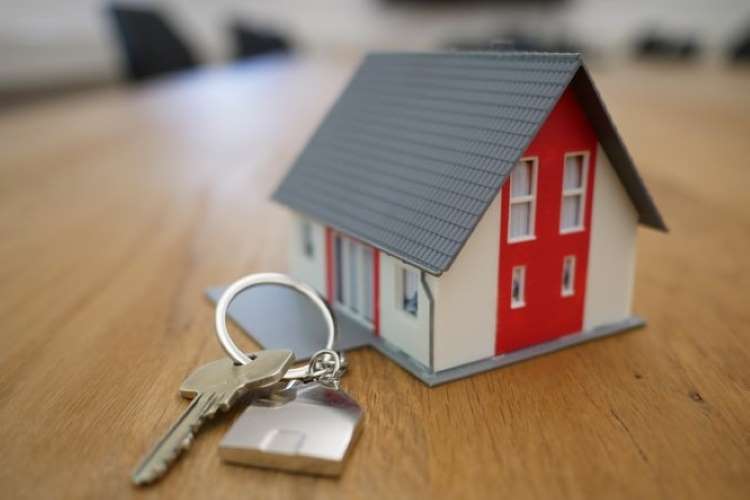
Real estate sector, which was once a promising area for investors, continues to dash hopes with the sector facing a stagnation for nearly a decade now. The problem is especially concentrated in Greater Noida which now has ghost towns, similar to China. With the rates of houses skyrocketing and considering that the pandemic led to a significant fall in incomes, it is not shocking that builders are now verging on the edge of bankruptcy.
In fact, as of now more than 100 real estate projects in the Noida region have approached bankruptcy court and are in the middle of insolvency proceedings. Now, it is not just the realtors who are bleeding but homebuyers too who have failed to secure fair deals despite spending their life savings for a dream house.
Why is real estate crucial to India’s growth story?
Real estate sector is actually one of the growth drivers for any country with the sector providing jobs to both unskilled and semi-skilled laborers. Building leads to a lot of economic activity as every apartment requires cement, bricks, sand, steel, pipes, etc.
Also Read: Private players will boost aviation industry, but govt must lend a helping hand
In a country like India where the majority of the population is engaged in the agricultural sector, realty helps people move away from farming and allied activities, which tend to employ more people than is economically feasible. The sector is the second largest employer in India after agriculture. Moreover, buying homes also requires people to take on home loans which is crucial to the well-functioning of banks.
In fact, India needs to learn from its neighbor which puts so much emphasis on the sector that whenever the Chinese economy is slowing down, the government encourages building more real estate. That the country is now swarming with ghost towns is a different story altogether.
What ails India’s real estate sector?
Real estate sector has been ailing for some years now and is looking for a revival. The problem began when despite the want for houses, increasing costs of financing led to a collapse in the demand. The sector is also plagued by the fact that constructions in India take a long time to complete due to a complicated and corrupt regulatory mechanism. The inventory of unsold real estate assets grew even before lockdown leading up to ghost towns.
While the coronavirus pandemic only aggravated the situation, the real estate started to bleed with demonetisation in November 2016 which led to severe cash crunch. The introduction of Goods and Services Tax and enactment of RERA also brought a crisis phase. The Infrastructure Leasing and Financial Services (IL&FS) crisis in September 2018 also started to impact lenders by early 2019. With this came a halt on fresh loans and disbursals were put on hold even for sanctioned projects.
The real estate sector is caught in the vicious cycle of delayed project deliveries, developers starved of funds, high unsold inventory and a growing proportion of stalled projects. Unproductive assets in the form of under-construction, stuck or delayed projects across the top seven Indian cities is another problem. When a project is delayed, the prices of homes also come down. This in turn leads to homebuyers’ loan value going higher than the present home value.
Cleaning the real estate mess
For the sector to become a major growth engine for the economy, the government needs to make significant efforts in this direction. There is a need to push landlords who have homes locked up to open and rent them out so that those who cannot buy homes could not only have a place to call home but also for the reason that whatever has been invested in real estate so far bears fruitful results. A thriving real estate sector is essential for fast economic growth, a lesson that can be learnt from our neighbor. India’s real estate market is expected to reach $650 billion in 2025 from $180 billion in 2020, according to an IBEF report. The sector is also expected to contribute one-tenth to the GDP by the year 2025.
Because home prices are skyrocketing, most people are unable to buy a house even though they want one. It is a cycle that needs to be broken- Builders argue that they are unable to cut prices while their target audience doesn’t have the kind of money to buy assets.
The market, in short, is in limbo. The need of the hour is to introduce affordable houses while also helping builders to lower construction costs. Government related charges must come down for redevelopment projects across the country as nearly one-fourth of a particular project’s cost goes to taxes. The government may also look into selling excessive land in its possession to bring down the cost of land.
While the demand for homes slumped during the coronavirus pandemic, the sector is seeing an uplift in demand but now there is an issue with the inventory which is witnessing a drop. The sector now seeks speedy approvals for faster construction so that it can keep up with the growing demand. In FY22, DLF has seen 136% (on-year) growth in bookings, Prestige Estates- 90% and Macrotech- 51% according to a latest report.

